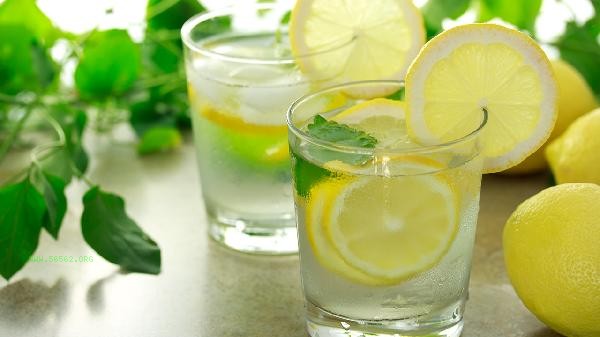When lemon is ripe, its outer skin usually appears bright yellow, and when it is not fully ripe, it may have green patches or an overall yellowish green color. The color change of lemon is closely related to its maturity and variety. Most commercially sold lemons are picked before they are fully ripe, with a bright yellow skin and possibly small oil cell protrusions on the surface. Yellow comes from the accumulation of natural pigments such as carotenoids. As the fruit matures, chlorophyll gradually decomposes, and yellow becomes more pronounced. Some special varieties, such as green lemons, maintain their green color even when ripe, which is related to differences in the pigment synthesis pathway determined by genes. The green color of unripe lemons is due to the high content of chlorophyll in the skin, which results in higher acidity and insufficient aroma. If the storage environment temperature is too low or the light is insufficient, mature lemons may also experience local greening, but it does not affect the safety of consumption. The color depth of lemon is not directly related to its nutritional value. When purchasing, more attention should be paid to the fruit hardness, skin glossiness, and whether there are mold spots.

Lemon can be sliced and soaked in water or juiced for daily consumption, avoiding prolonged soaking at high temperatures to reduce vitamin C loss. People with excessive stomach acid should control their intake, and fresh lemons should be refrigerated and consumed as soon as possible. The aromatic substances and flavonoids in lemon peel have antioxidant effects, and lemon peel grown organically can be used with the peel after thorough cleaning.










Comments (0)
Leave a Comment
No comments yet
Be the first to share your thoughts!